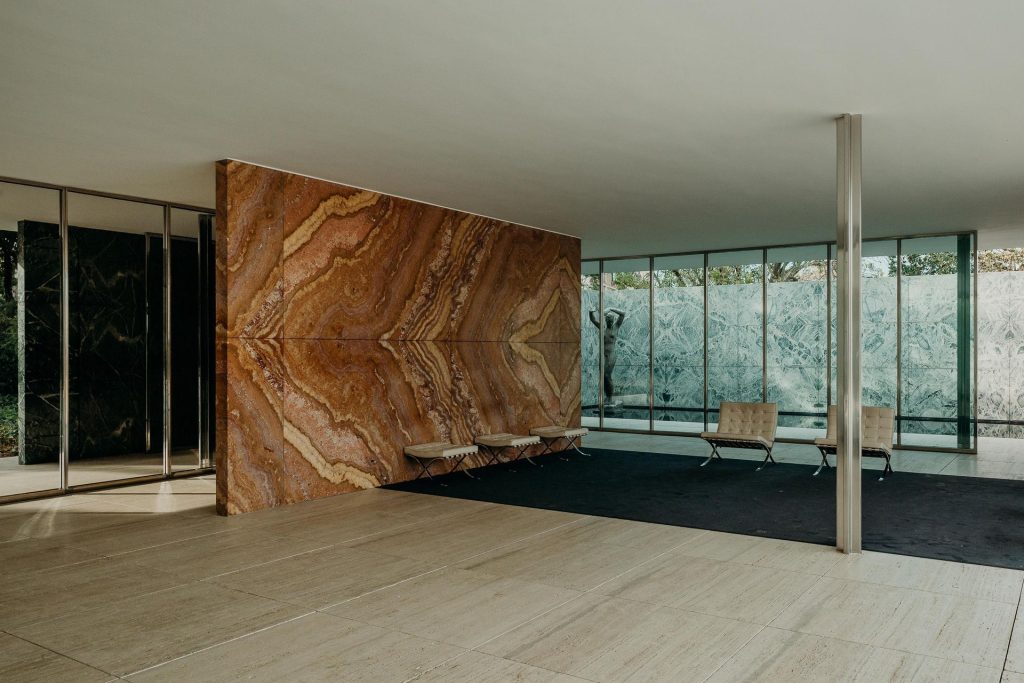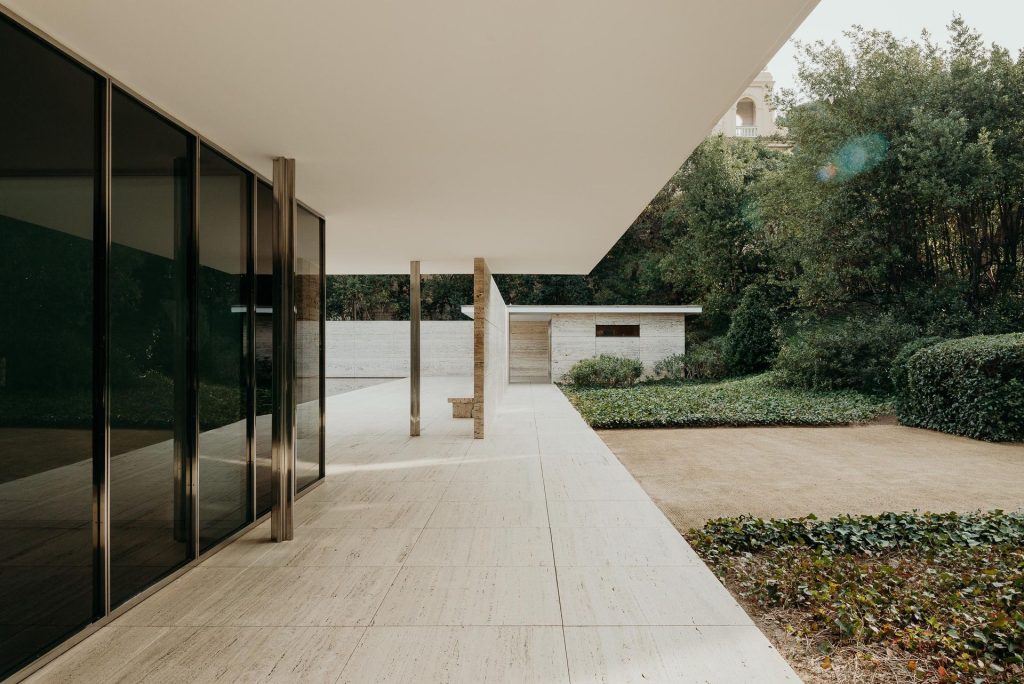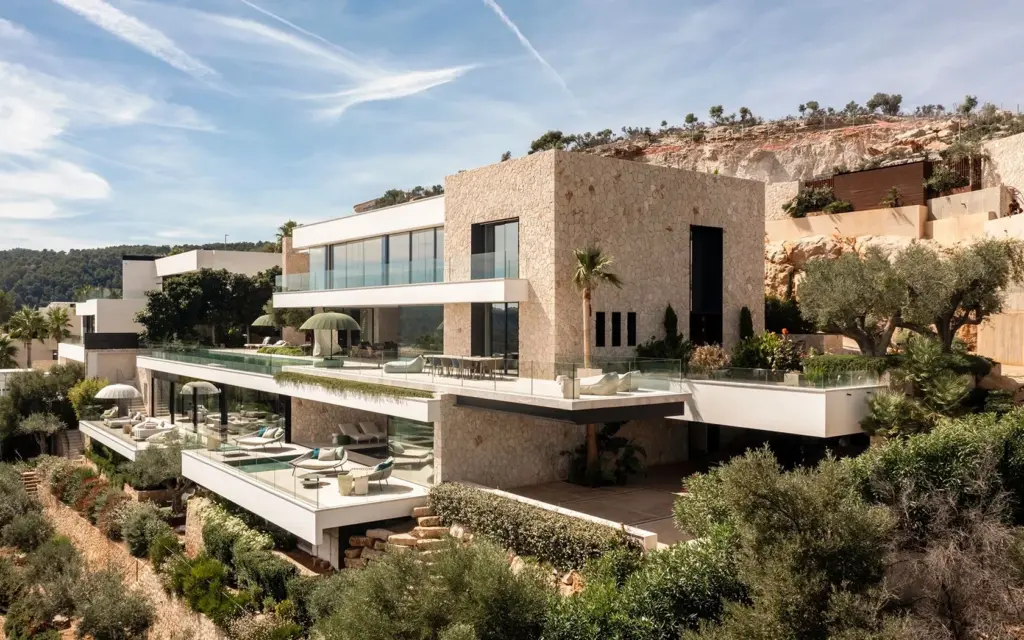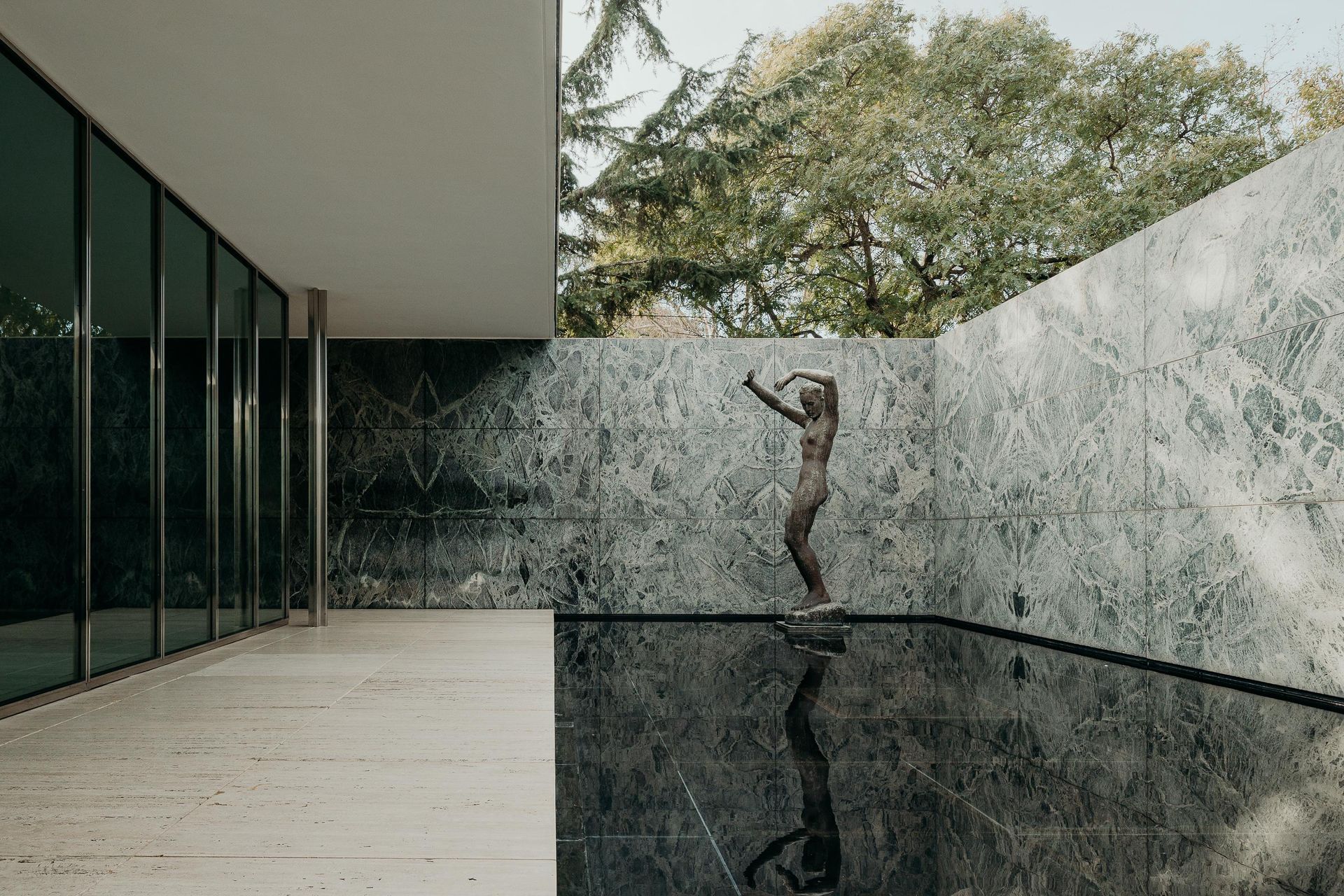Today marks the birth anniversary of Ludwig Mies van der Rohe, a titan of modern architecture whose influence continues to shape skylines and inspire design conversations globally. Born in 1886, Mies’ early career was steeped in the burgeoning German architectural scene. He honed his craft under the tutelage of Peter Behrens, a prominent figure who championed a shift towards functionalism and a rejection of excessive ornamentation. This philosophy resonated deeply with Mies, becoming the cornerstone of his architectural ideology.

Liberdade 49 | Ana Costa Arquitectura | © Ricardo Quaresma
Mies’s rise to prominence was marked by innovative projects in the 1920s. The Barcelona Pavilion (1929) is a testament to his mastery of space and proportion. Defined by its open plan layout, flowing use of travertine and glass, and the now-iconic Barcelona chair, the pavilion embodied a new era of minimalist elegance. This emphasis on clean lines and the inherent beauty of materials became a hallmark of Miesian architecture.
Across the Atlantic, Mies’ impact on American architecture was nothing short of transformative. His arrival in the United States in 1938 ushered in a new chapter in his career. Chicago’s Illinois Institute of Technology (IIT) campus became a living laboratory for his design principles. Buildings like Crown Hall (1956) showcased his masterful use of steel and glass to create light-filled, open spaces conducive to learning and congregation. The iconic 860-880 Lake Shore Drive apartments (1951) redefined residential architecture, emphasizing simplicity, functionality, and breathtaking city views.

Vila Venus | COMO Atelier | © Mariana Lopes
Perhaps his most famous principle, “Less is more,” summarizes Mies’ approach to design: stripping away the unnecessary to reveal the essential. His buildings are characterized by clean lines, open floor plans, and an absence of ornamentation. This philosophy encourages architects to prioritize spatial clarity and material integrity, resulting in modern and enduring structures.

© Tomeu Canyellas
1. Heydar Aliyev Center – Zaha Hadid
1. Heydar Aliyev Center – Zaha Hadid
Mies van der Rohe’s legacy extends far beyond his buildings. His motto, “Less is More,” became a rallying cry for future architects. His unwavering commitment to clarity and functionality continues to inspire awe and emulation. As we celebrate his birthday, we celebrate the enduring influence of a master who redefined our relationship with the built environment.
